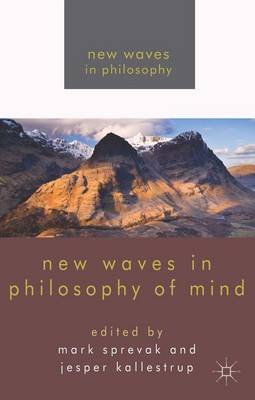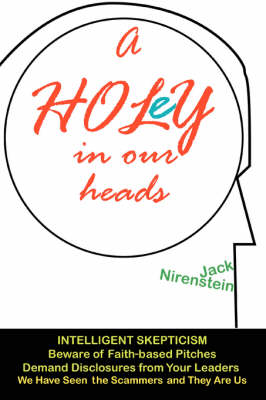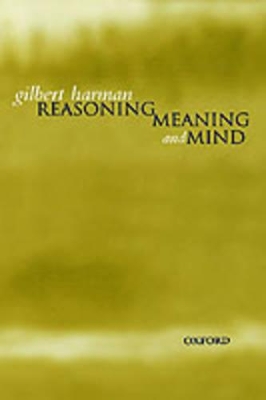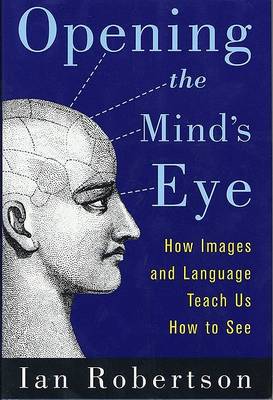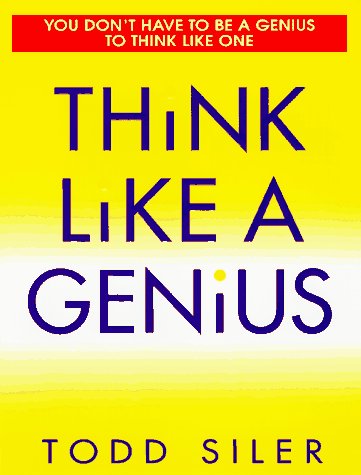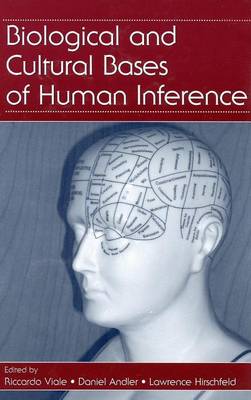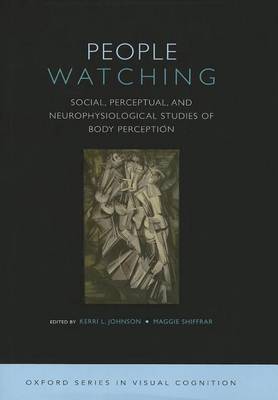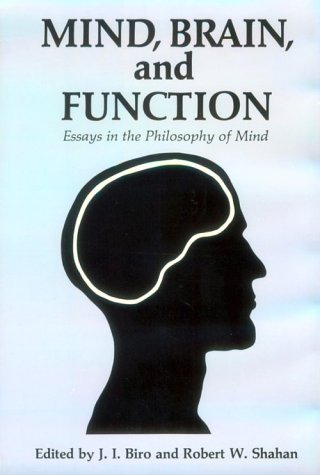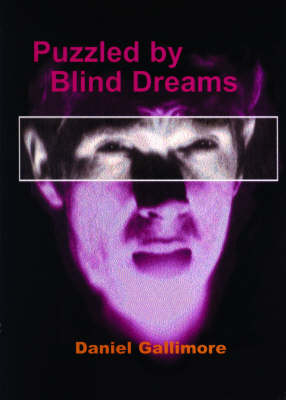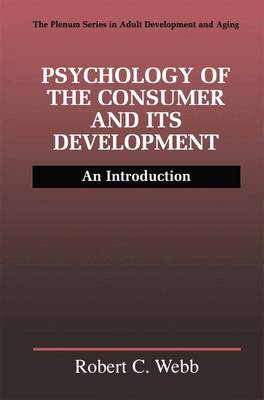Gilbert Harman presents a selection of fifteen interconnected essays on fundamental issues at the centre of analytic philosophy. The book opens with a group of four essays discussing basic principles of reasoning and rationality. The next three essays argue against the idea that certain claims are true by virtue of meaning and knowable by virtue of meaning. In the third group of essays Harman sets out his own view of meaning, arguing that it depends upon the functioning of concepts in reasoning...
Improve Your Emotional Intelligence - Communicate Better, Achieve More, Be Happier: Teach Yourself
by Christine Wilding
Inventive Minds
Is invention really "99 percent perspiration and one percent inspiration" as Thomas Edison assured us? Inventive Minds assembles a group of authors well equipped to address this question: contemporary inventors of important new technologies, historians of science and industry, and cognitive psychologists interested in the process of creativity. In telling their stories, the inventors describe the origins of such remarkable devices as ultrasound, the electron microscope, and artificial diamonds....
Learn the easy steps to harnessing the incredible creative power of your mind that can enable anyone to Think Like A Genius. How you already think like a genius without even knowing it--page 6 The secret formula for genius: C.R.E.A.T.E.--page 22 Ways to overcome the fear that inhibits the genius within you--page 58 How to transform the cynicism of I can't do it to the confidence of I can do anything--page 66 Breaking out of mental ruts and daily routines that block your road to genius--pa...
Measurement and analysis of eye movements are two of the most powerful ways to study the workings of the human mind. This Special Issue on eye movements and information processing in reading presents an overview of experimental research based on this methodology. Eye movements provide a unique opportunity to examine principles of human information processing in a well-structured visual environment while people engage in a natural cognitive task. At the same time, oculomotor measures can be used...
23 Problems in Systems Neuroscience (Computational Neuroscience)
by Leo Van Hemmen
The complexity of the brain and the protean nature of behavior remain the most elusive area of science, but also the most important. van Hemmen and Sejnowski invited 23 experts from the many areas-from evolution to qualia-of systems neuroscience to formulate one problem each. Although each chapter was written independently and can be read separately, together they provide a useful roadmap to the field of systems neuroscience and will serve as a source of inspirations for future explorers of the...
In the last decade, too many American theologians have been preoc cupied with charting and interpreting in a superficial manner the move ments of the newest stars in the Continental theological firmament. This preoccupation contributed much, unfortunately, to that faddism that was so characteristic of American theology in the Sixties, the period imme diately following the passing of a generation of theological giants like Barth, Bultmann, Tillich, Gogarten, and the Niebuhrs. There has seldom...
Biological and Cultural Bases of Human Inference addresses the interface between social science and cognitive science. In this volume, Viale and colleagues explore which human social cognitive powers evolve naturally and which are influenced by culture. Updating the debate between innatism and culturalism regarding human cognitive abilities, this book represents a much-needed articulation of these diverse bases of cognition. Chapters throughout the book provide social science and philosophical...
People Watching: Social, Perceptual, and Neurophysiological Studies of Body Perception (Oxford Series in Visual Cognition)
Mind, Brain and Function
With the discovery in 1995 of the first planet orbiting another star, we know that planets are not unique to our own Solar System. For centuries, humanity has wondered whether we are alone in the Universe. We are now finally one step closer to knowing the answer. The quest for exoplanets is an exciting one, because it holds the possibility that one day we might find life elsewhere in the Universe, born in the light of another sun. Written from the perspective of one of the pioneers of this scien...
From an early age, humans know a surprising amount about basic physical principles, such as gravity, force, mass, and shape. We can see this in the way that young children play, and manipulate objects around them. The same behaviour has long been observed in primates - chimpanzees have been shown to possess a remarkable ability to make and use simple tools. But what does this tell us about their inner mental state - do they therefore share the same understanding to that of a young child? Do...
Confessions of an English Opium-Eater (Penguin Great Ideas) (Revolution & Romanticism S., 1789-1834)
by Thomas de Quincey
With an Introduction and Notes by David Ellis, University of Kent at Canterbury. In the first part of this famous work, published in 1821 but then revised and expanded in 1856, De Quincey vividly describes a number of experiences during his boyhood which he implies laid the foundations for his later life of helpless drug addiction. The second part consists of his remarkable account of the pleasures and pains of opium, ostensibly offered as a muted apology for the course his life had taken bu...
We perceive and understand our environment using many sensory systems-vision, touch, hearing, taste, smell, and proprioception. These multiple sensory modalities not only give us complementary sources of information about the environment but also an understanding that is richer and more complex than one modality alone could achieve. As adults, we integrate the multiple signals from these sense organs into unified functional representations. However, the ease with which we accomplish this feat b...
Psychology of the Consumer and Its Development (The Springer Series in Adult Development and Aging)
by Robert C Webb
An unusually understandable survey of the forces or perception and feeling that determine the purchases we make; the roles played by fashion, fads, and status; and the psychological needs that they fulfill. The book discusses how children become consumers and how they change as they age. Research based throughout, it shows how ads use classical conditioning, harnessing psychological motivation to create image and sell products.
